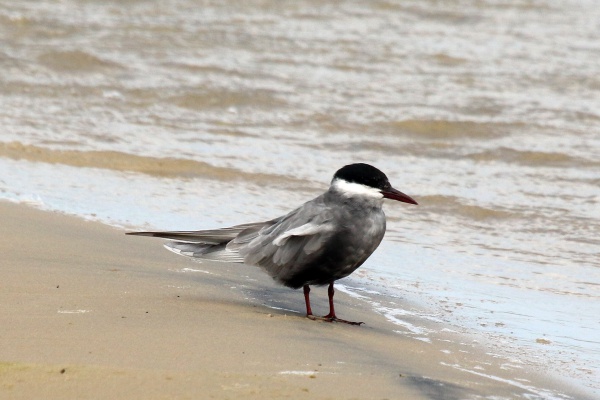Facts About Whiskered tern
The whiskered tern, a captivating bird from the Laridae family, has a name derived from Ancient Greek, meaning "swallow-like" and the Latin term "hybridus" meaning "hybrid." This nomenclature arose from the mistaken belief that the bird was a crossbreed between the white-winged black tern and the common tern. Notably, there are various geographical races of the whiskered tern, primarily differing in size and feather characteristics.
These birds breed in warmer regions of Europe, the Palearctic, Africa, and Asia. While tropical populations remain resident year-round, European and Asian whiskered terns migrate southwards for the winter. They typically nest in colonies on inland marshes, often in the company of black-headed gulls, which offer a measure of protection.
In terms of appearance, the whiskered tern is comparable in size to the common or Arctic terns and features a black cap and a robust bill. Distinguishing characteristics include a short, forked tail and dark grey plumage typical of marsh terns. During summer, the adult whiskered tern displays white cheeks, red legs, and a red bill. In winter, its plumage changes to a much lighter grey.
The whiskered tern's diet is quite diverse, comprising small fish, amphibians, insects, and crustaceans.

 Israel
Israel